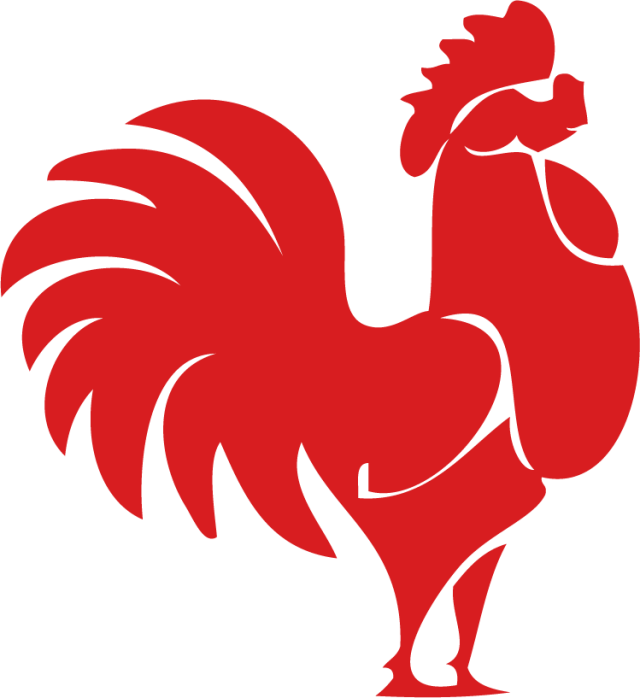In Traditional Chinese Medicine (TCM), colds are typically classified into two categories: Wind-Cold and Wind-Heat. Wind-Cold colds occur when the body is invaded by the Wind-Cold pathogen, and treatment should involve warming herbs. If cooling herbs are mistakenly used, the Wind-Cold cannot be expelled through sweating, leading to a prolonged illness. Wind-Heat colds arise from the invasion of the Wind-Heat pathogen, and cooling herbs should be used. If warming herbs are applied, they may exacerbate the Heat pathogen, potentially leading to more severe illnesses. Wind-Heat can occur in any season, and it is important not to assume that Wind-Cold only occurs in winter and Wind-Heat only in summer. Distinguishing between Wind-Cold and Wind-Heat is crucial for appropriate treatment and avoiding misdiagnosis.
(Differences Between Wind-Cold and Wind-Heat)
|
Wind-Cold Cold |
Wind-Heat Cold |
|
|
Fever Symptoms |
Mild fever. Severe chills. No sweating. |
High fever. Mild chills. Sweating. |
|
Nasal Symptoms |
Clear nasal discharge. Coughing with thin white phlegm. |
Yellow nasal discharge. Coughing with thick or yellow phlegm. |
|
Throat Symptoms |
No redness or swelling in the throat. |
Redness and swelling in the throat. |
|
Thirst Symptoms |
No thirst or mild thirst. Prefers warm drinks. Tongue coating thin and white. |
Thirsty and prefers to drink. Red tongue edges with thin yellow coating. |
|
Causes of Illness |
Invasion of Wind-Cold pathogen. Lung Qi deficiency. |
Invasion of Wind-Heat pathogen. Lung Qi imbalance. |
|
Treatment |
Focus on dispersing Wind-Cold and warming the exterior [primarily inducing sweating and dispelling Cold]. |
Focus on dispersing Wind-Heat and clearing Heat and toxins. |
|
Dietary Adjustments |
After medication, one may drink porridge or hot soup to induce mild sweating and expel Wind-Cold. |
Drink plenty of water; diet should be light. |
1. According to TCM differential diagnosis, colds can be categorized into various types, but for simplicity, they can be divided into two main types: Wind-Cold and Wind-Heat colds.
2. Wind-Cold colds are caused by the invasion of the Wind-Cold pathogen and the deficiency of Lung Qi. Symptoms include: severe chills, mild fever, no sweating, headache, body aches, nasal congestion with clear discharge, coughing with thin white phlegm, no thirst or mild thirst preferring warm drinks, and a thin white tongue coating. The treatment should focus on warming the exterior and dispersing Wind-Cold.
3. Wind-Heat colds are caused by the invasion of the Wind-Heat pathogen and the imbalance of Lung Qi. Symptoms include: high fever, mild chills, sweating, redness and swelling in the throat, coughing with thick or yellow phlegm, nasal congestion with yellow discharge, thirsty preferring to drink, red tongue edges, and thin white with slight yellow tongue coating. The treatment should focus on clearing Heat and toxins.
4. From a Western medicine perspective, Wind-Cold colds are generally uncomplicated colds, while Wind-Heat colds may involve bacterial infections of the nose, throat, or bronchial tubes, leading to more pronounced inflammation. Wind-Cold can progress to Wind-Heat; if this occurs, antiviral and anti-infection medications such as Shuanghuanglian Oral Liquid or Houttuynia Cordata Granules should be used, possibly in conjunction with antibiotics like Amoxicillin.Wishing you success in your work and good health.


